In recent years, there has been debate between environmentalists, gardeners and home owners on whether or not to cut back vegetation in your garden. Through this, initiatives such as the ‘no-mow movement’ have gained traction as many individuals have begun to recognise the importance of preserving natural habitats for local wildlife.
Cutting and the law
Niall Hatch, expert birdwatcher and head of communications and development at BirdWatch Ireland, believes the crux of the debate starts with hedges. Under the Wildlife Act 1976, it is against the law to cut, burn or otherwise destroy vegetation including hedges between 1 March and 31 August.
“Essentially, the purpose of this ban is to prevent the disturbance and destruction of nesting sites of many of Ireland’s wild bird species,” says Niall. “This ban not only applies to public areas but to private gardens, farms and the wider countryside. Vegetation burning is also prohibited during the nesting season.”
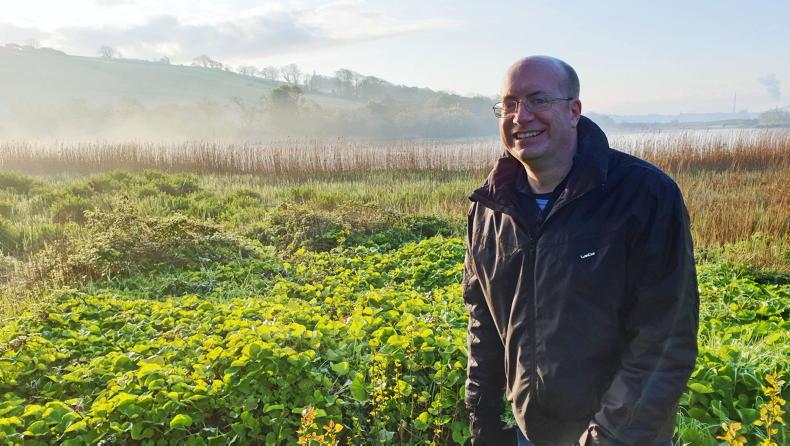
Niall Hatch, expert birdwatcher and head of communications and development at Birdwatch Ireland.
Niall adds that there are a number of exceptions to the act, such as road safety. “So many of our farmland birds are in danger, so we advise people to cut back only if its necessary or if there is a safety issue.” According to Niall, there is confusion as many think the act only applies on farms or to county councils – however, it also applies in general homes.
“Something which is additionally overlooked is that it is also a separate offence under the act to disturb or disrupt the nest of a wild bird that contains chicks or eggs at anytime of the year, not just the nesting season,” he says.
A change in attitude
In recent years people have become more aware of the wildlife in their garden. “Although there are no laws around leaving your grass to flourish, people can leave a wildflower patch or areas for unloading,” he says. “This can make a real difference to our small mammals such as field mice and even pollinating insects like our butterflies and bees.”
Niall says that leaving small areas of wildlife around your garden can also be of real benefit to birds. “When a lot of those wildflowers go to seed, they produce seeds many birds can feed on. A great example of this would be the ‘no-mow movement’ which we’ve seen a lot of recently. This can allow a lot of dandelions to go to seed and the Bullfinch is a bird that loves to feed on dandelion seed heads.”
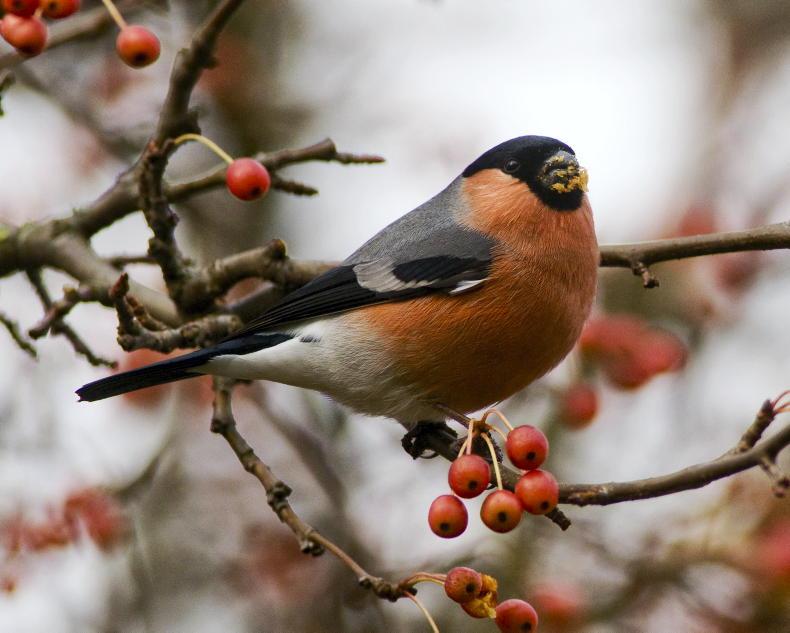
The Bullfinch is a bird that loves to feed on dandelion seed heads.
Biodiversity benefits
According to Kate Chandler, engagement pollinator officer at the National Biodiversity Data Centre, there are numerous benefits in introducing wildlife into your garden. “The first thing is the benefit for wildlife itself, if you do open your garden to them you are providing a very important food source for your local pollinators,” she says.
“The more-little pockets of habitat we have to support them, the better. Gardeners also have the benefit of witnessing nature at work. People who let wildlife flourish in their garden say plants like orchids and others pop up and they didn’t even realise they were there.”
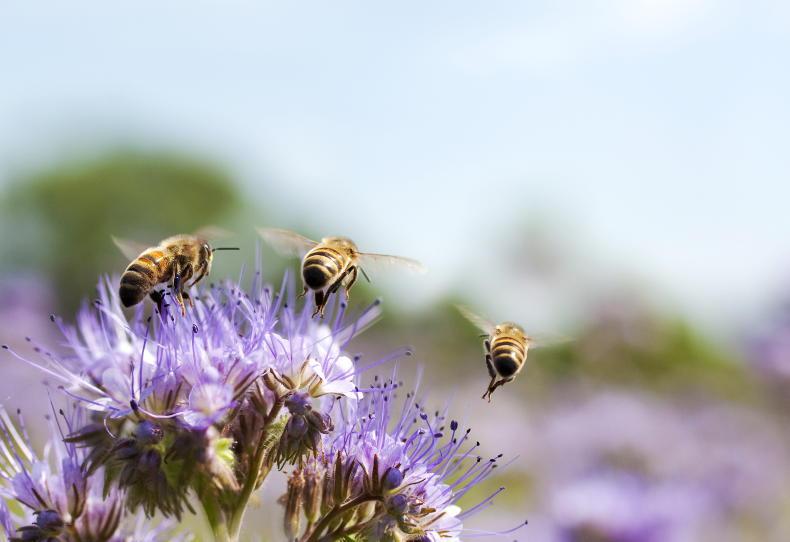
Striking the balance between wildlife and aesthetics.
Striking a balance
When it comes to action, Kate says it solely depends on your space and what you want to do with it.
“If you are able to strike the balance between wildlife and aesthetics, you have the idea situation,” she says.
“The first option is a short flowering meadow – where you cut once a month starting mid-April to let the dandelions and wild clover bloom. The second option is a long flowering meadow – where you cut once a year in September after the wildflowers drop their seeds in August, which helps create food and nesting for animals.
Kate adds that there are a number of alternatives people can use if wildflowers get out of control. “If your garden becomes hard to manage with wildflowers, it’s easy to tidy up without using your lawn mower, such as clipping around them.
“If you aren’t ready to give up mowing completely, start only cutting certain strips as that can make a difference.”
Biodiversity on your farm
According to Kate there are so many actions to take to increase biodiversity if you live on a farm. “Taking small steps like looking after your native Irish hedgerows, blackthorn hawthorn and holly would be a good starting point, explains Kate. “These are all important food sources at this time of year. If you have hedgerows like this, we would recommend to only cut them every three years.”
For more information, visit pollinators.ie
Read more
Meet the Maker: ceramicist Sandra Cole O'Brien
‘An agricultural course ensures a balanced regional economy’
In recent years, there has been debate between environmentalists, gardeners and home owners on whether or not to cut back vegetation in your garden. Through this, initiatives such as the ‘no-mow movement’ have gained traction as many individuals have begun to recognise the importance of preserving natural habitats for local wildlife.
Cutting and the law
Niall Hatch, expert birdwatcher and head of communications and development at BirdWatch Ireland, believes the crux of the debate starts with hedges. Under the Wildlife Act 1976, it is against the law to cut, burn or otherwise destroy vegetation including hedges between 1 March and 31 August.
“Essentially, the purpose of this ban is to prevent the disturbance and destruction of nesting sites of many of Ireland’s wild bird species,” says Niall. “This ban not only applies to public areas but to private gardens, farms and the wider countryside. Vegetation burning is also prohibited during the nesting season.”

Niall Hatch, expert birdwatcher and head of communications and development at Birdwatch Ireland.
Niall adds that there are a number of exceptions to the act, such as road safety. “So many of our farmland birds are in danger, so we advise people to cut back only if its necessary or if there is a safety issue.” According to Niall, there is confusion as many think the act only applies on farms or to county councils – however, it also applies in general homes.
“Something which is additionally overlooked is that it is also a separate offence under the act to disturb or disrupt the nest of a wild bird that contains chicks or eggs at anytime of the year, not just the nesting season,” he says.
A change in attitude
In recent years people have become more aware of the wildlife in their garden. “Although there are no laws around leaving your grass to flourish, people can leave a wildflower patch or areas for unloading,” he says. “This can make a real difference to our small mammals such as field mice and even pollinating insects like our butterflies and bees.”
Niall says that leaving small areas of wildlife around your garden can also be of real benefit to birds. “When a lot of those wildflowers go to seed, they produce seeds many birds can feed on. A great example of this would be the ‘no-mow movement’ which we’ve seen a lot of recently. This can allow a lot of dandelions to go to seed and the Bullfinch is a bird that loves to feed on dandelion seed heads.”

The Bullfinch is a bird that loves to feed on dandelion seed heads.
Biodiversity benefits
According to Kate Chandler, engagement pollinator officer at the National Biodiversity Data Centre, there are numerous benefits in introducing wildlife into your garden. “The first thing is the benefit for wildlife itself, if you do open your garden to them you are providing a very important food source for your local pollinators,” she says.
“The more-little pockets of habitat we have to support them, the better. Gardeners also have the benefit of witnessing nature at work. People who let wildlife flourish in their garden say plants like orchids and others pop up and they didn’t even realise they were there.”

Striking the balance between wildlife and aesthetics.
Striking a balance
When it comes to action, Kate says it solely depends on your space and what you want to do with it.
“If you are able to strike the balance between wildlife and aesthetics, you have the idea situation,” she says.
“The first option is a short flowering meadow – where you cut once a month starting mid-April to let the dandelions and wild clover bloom. The second option is a long flowering meadow – where you cut once a year in September after the wildflowers drop their seeds in August, which helps create food and nesting for animals.
Kate adds that there are a number of alternatives people can use if wildflowers get out of control. “If your garden becomes hard to manage with wildflowers, it’s easy to tidy up without using your lawn mower, such as clipping around them.
“If you aren’t ready to give up mowing completely, start only cutting certain strips as that can make a difference.”
Biodiversity on your farm
According to Kate there are so many actions to take to increase biodiversity if you live on a farm. “Taking small steps like looking after your native Irish hedgerows, blackthorn hawthorn and holly would be a good starting point, explains Kate. “These are all important food sources at this time of year. If you have hedgerows like this, we would recommend to only cut them every three years.”
For more information, visit pollinators.ie
Read more
Meet the Maker: ceramicist Sandra Cole O'Brien
‘An agricultural course ensures a balanced regional economy’








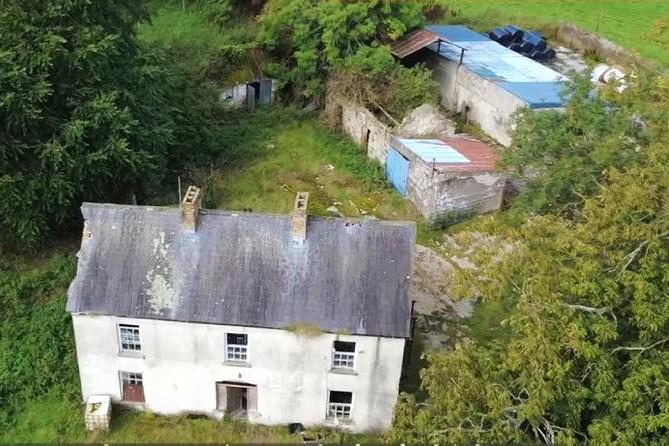
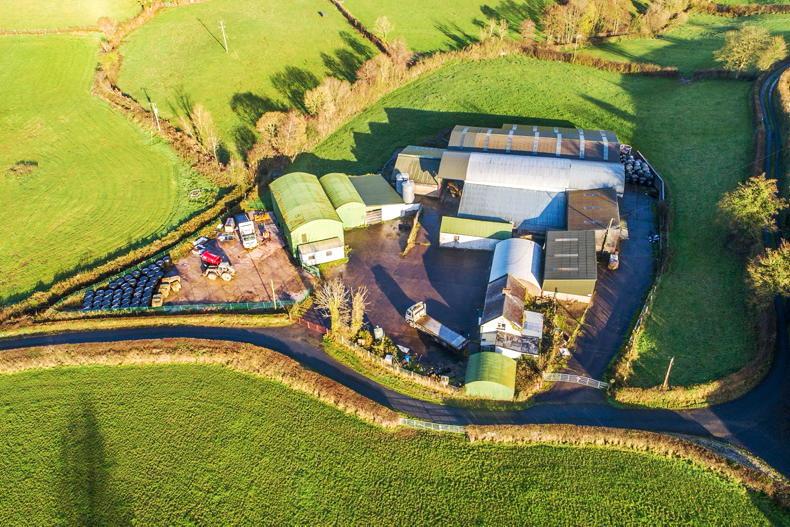
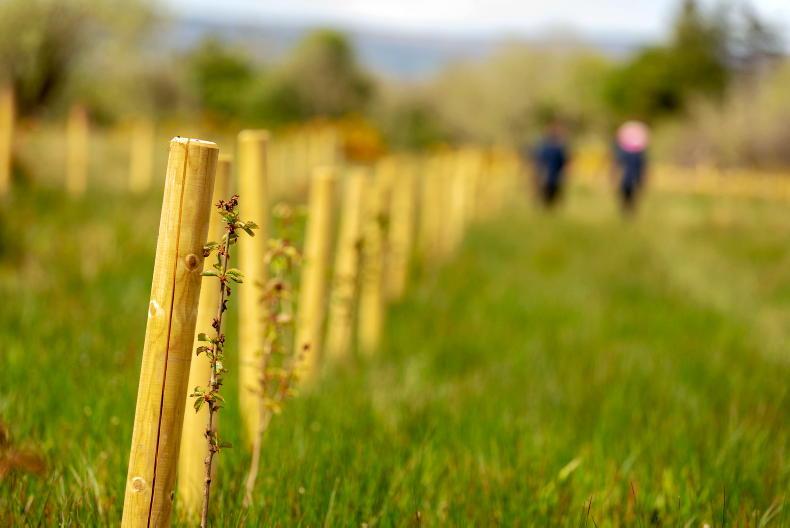
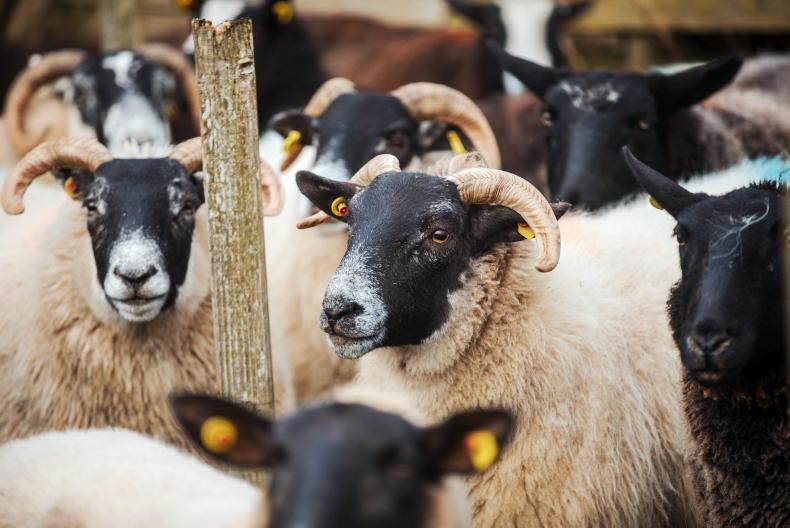
SHARING OPTIONS